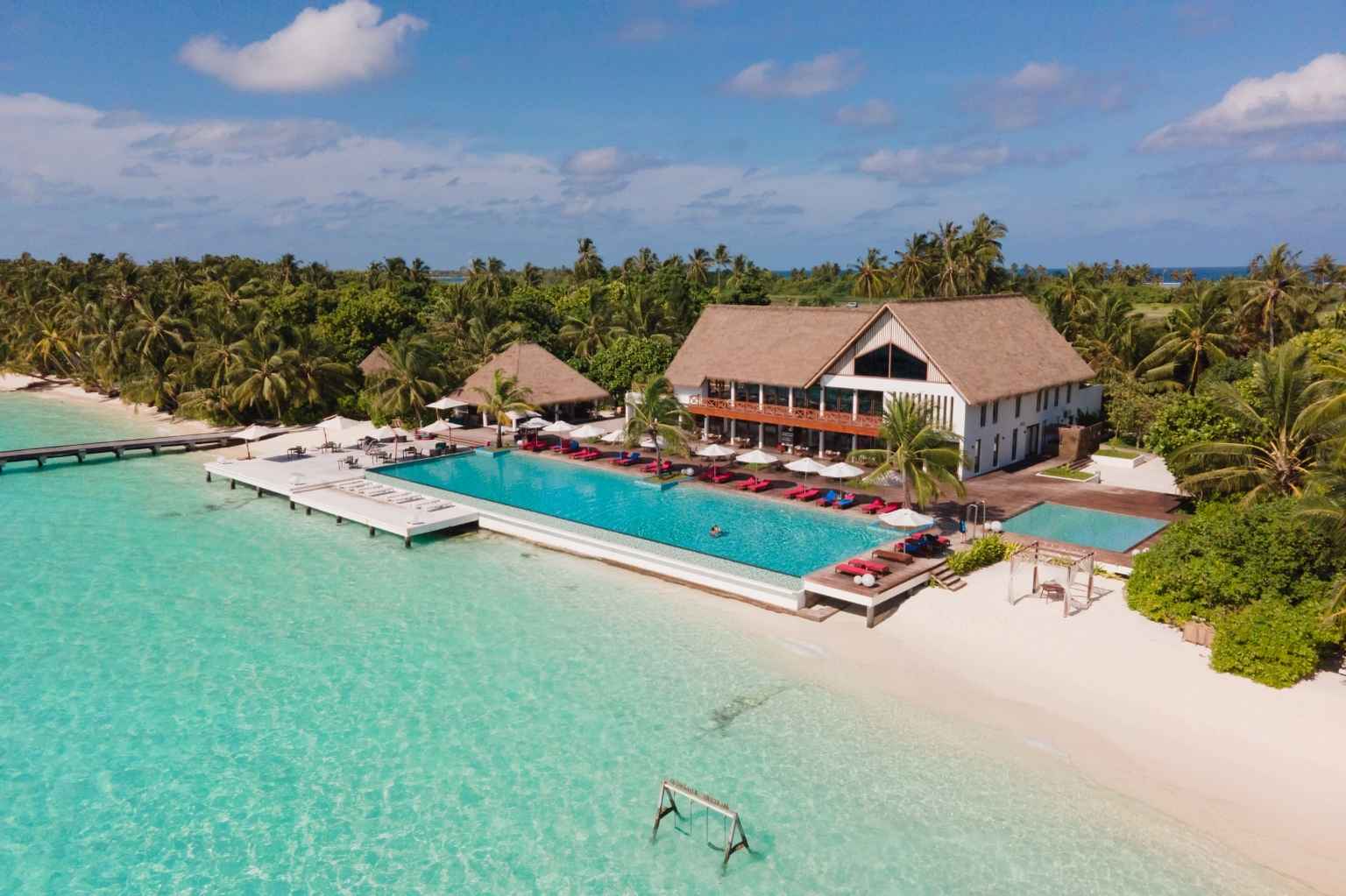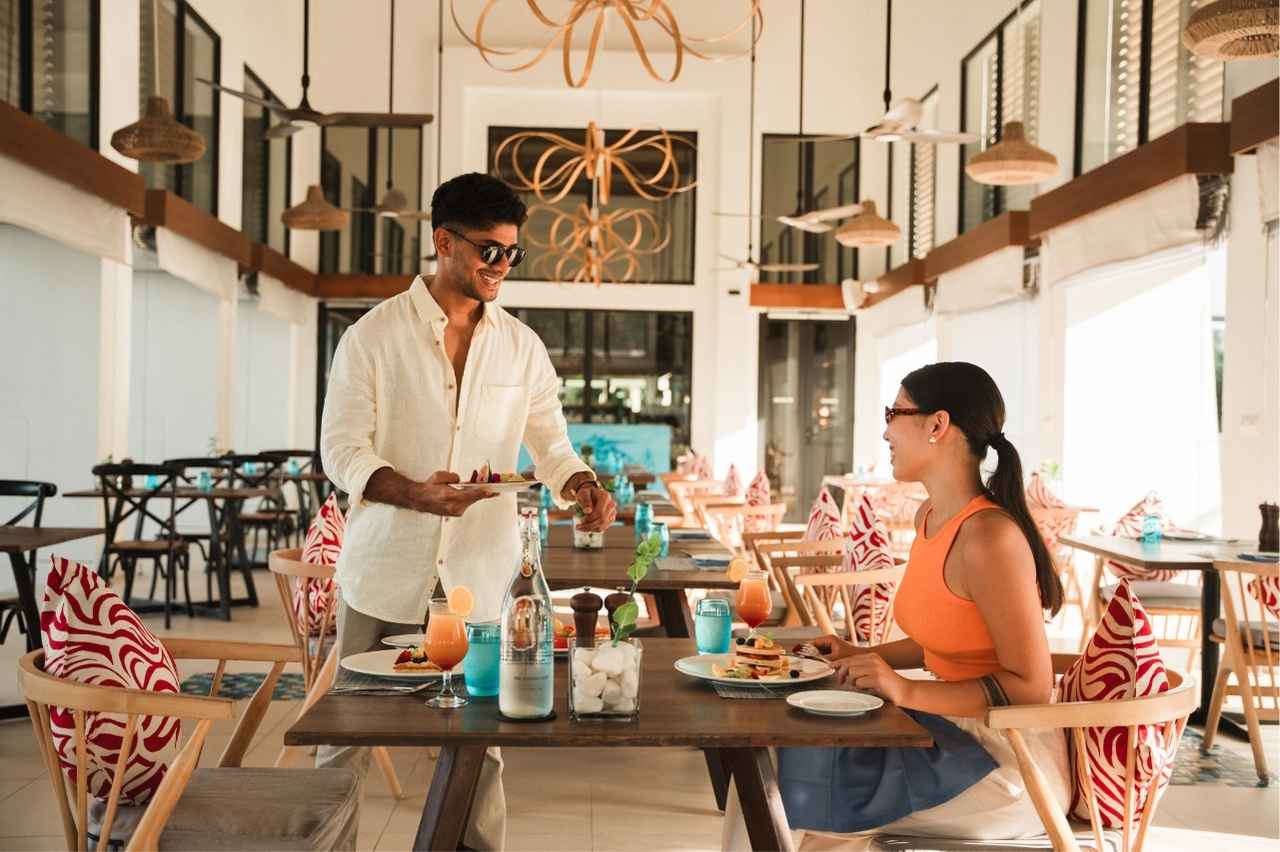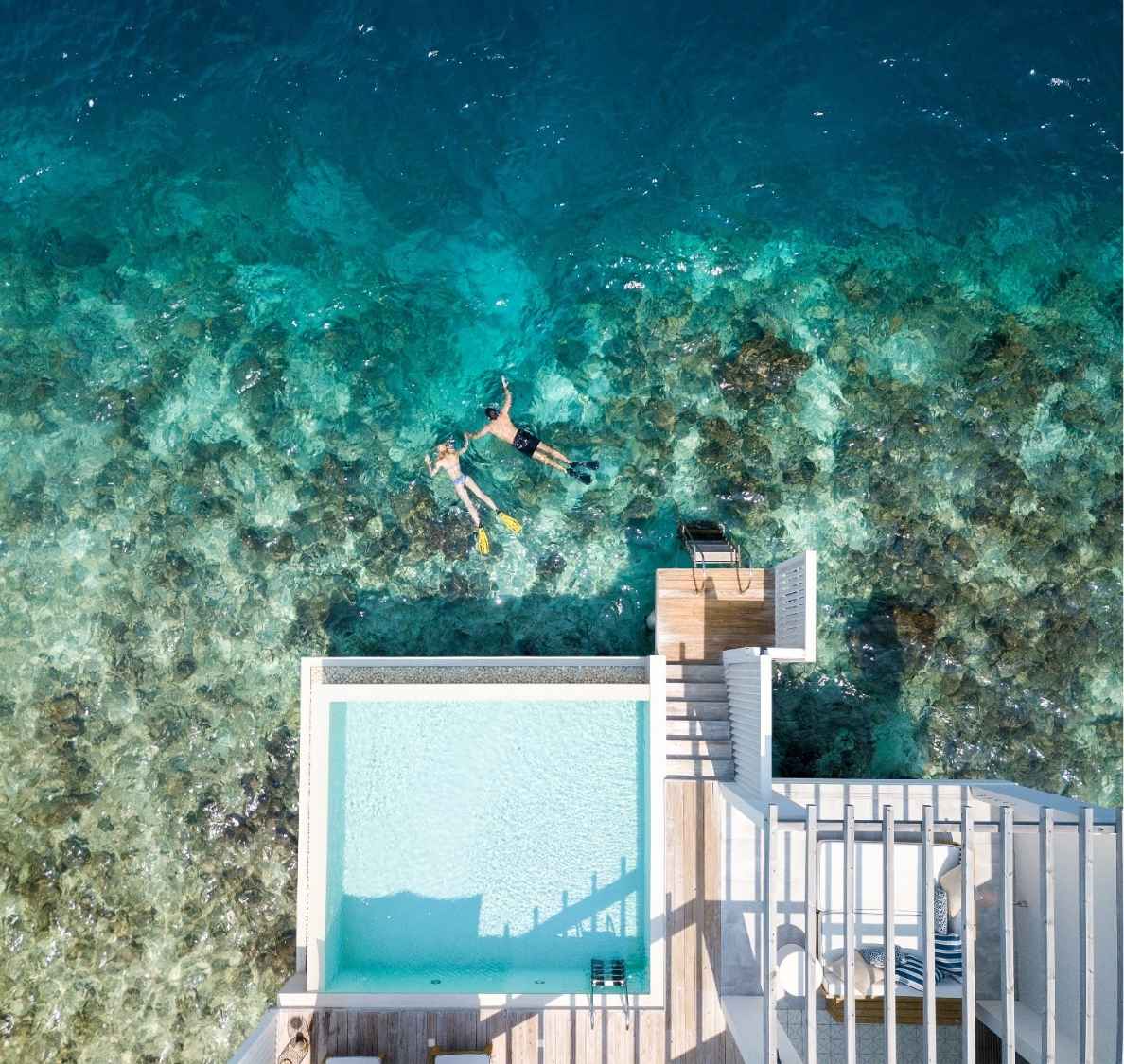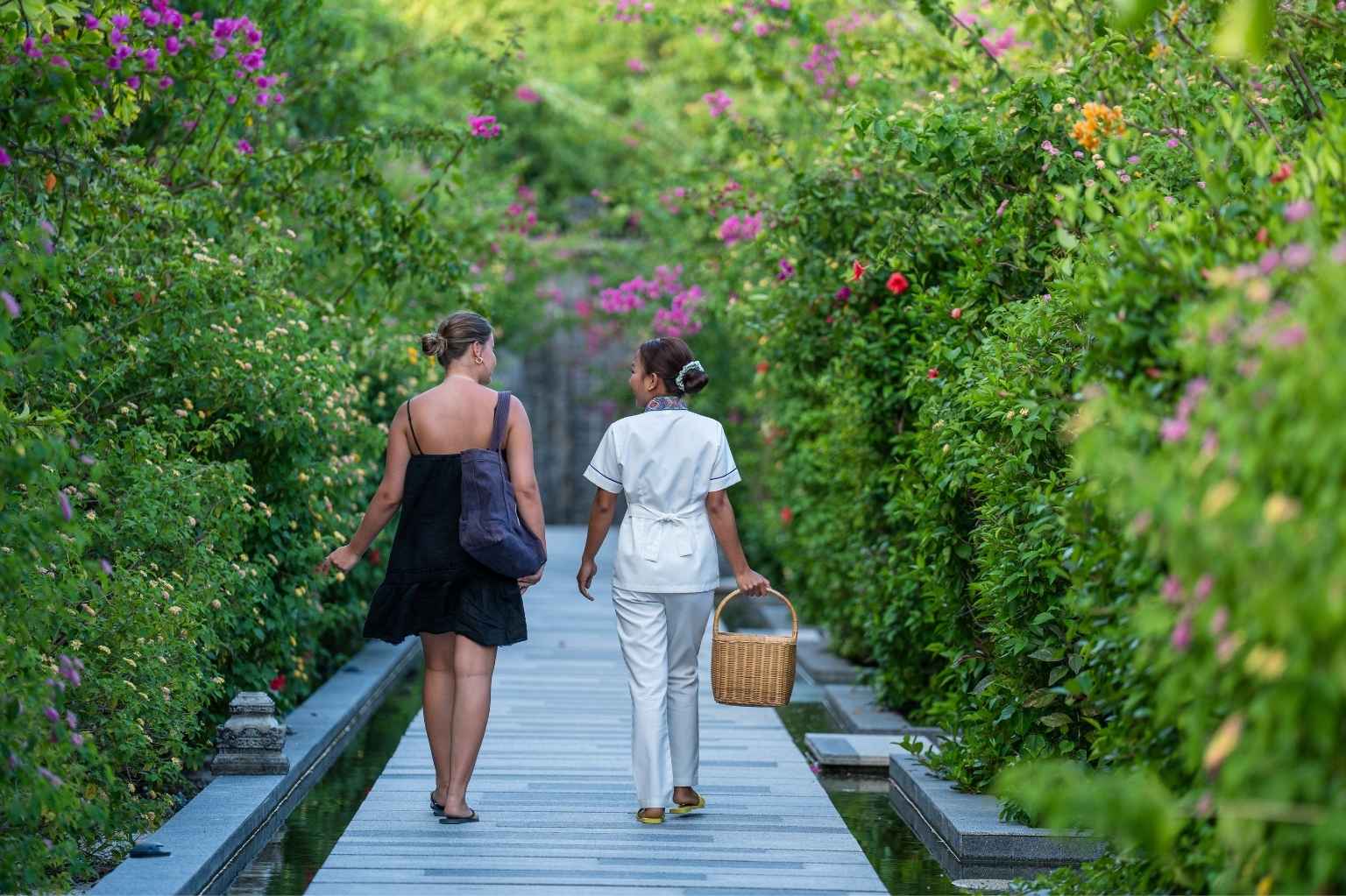With the motto of reinventing health and well-being, LUX* South Ari Atoll Resort & Villas announced their upcoming wellness retreat ‘Spirit of the Sea’ in collaboration with Lee Wellness. During this 3-day experience, energy healing practitioners will guide you through a spiritual journey to help you understand energy healing and balancing techniques.
The retreat is designed in a way each individual attending the session feels valued and energised from their minds, heals from within and feels inspired, at the same time. The Spirit of the Sea retreat is based on the element of ‘water’ and what better location than the stunning and relaxing LUX* South Ari Atoll Resort & Villas to experience an energy shifting experience.
Past attendees have had profound and powerful experiences through retreats curated by Lee Wellness. The Spirit of the Sea retreat promises to heal the body and mind from trauma, anxiety, emotional distress and limiting beliefs in a safe space that is indulgent and will relax you.
The attendees can benefit from ‘unlimited’ private energy healing sessions; a benefit not offered in any other wellness retreat, which also ensures that attendees get the maximum benefits out of their participation.
The highlights of this retreat include; getting to know your chakras, psychic supper, live stories around a bond fire, psychometry, learning about good crystals to promote productivity and focus, learning intuitive eating, clairvoyant evening, yoga and meditation, past lives and Akashic records, traditional healing with Reiki, quantum jumping at Jungle Gym, a powerful gratitude & healing circle and unlimited private energy healing sessions.
Attendees will also learn:
- energy from a scientific perspective
- how to open and use their intuition
- how to release fears and limiting beliefs
- Working with energy from a quantum physics perspective
- how to imbibe it into their daily lives to become more abundant, happier and bring mental peace and physical harmony
Lee Wellness is a Dubai based wellness centre that teaches, inspires and practices meditation, energy healing and balancing techniques. It is a space created out of Passion and Ingenuity by world-renowned energy healer Lee Whyberd.
Most of the energy techniques practised at Lee Wellness are based on metaphysics and quantum physics. Several ancient methods and practices re-incarnated from ancient civilizations of Egypt, India and other countries in the world are practised and will be implemented in The Spirit of the Sea retreat as well.

Lee Wellness’ experienced practitioners will guide you through this spiritual retreat to bring about peace within yourself so that you get the true potential of being abundant, successful and living healthy, fulfilling lives. Lee Wellness in association with ‘Happy UAE’ is also part of the School of Life podcast focused on happiness and well-being, which is an initiative that is part of UAE’s National Wellbeing Strategy 2031.
Also read: LUX* South Ari Atoll Wins British Airways Holidays Customer Excellence Award
Get keen on the green with your breakfast, lunch and dinner, as part of the retreat, with a choice of vegan and vegetarian menu. The Lux Collective’s Keen on Green concept offers a range of plant-based cuisine incorporated into the à la carte menus of every restaurant.
Highlighted by a Keen on Green logo, these veggie-driven, plant-based dishes feature a calorie count. A set of guidelines and standards are drawn up to prioritise healthier cooking methods such as steaming, baking, grilling, slow cooking at low temperature and pressure cooking. Wherever possible, raw methods of food preparation are favoured overcooking.
Additionally, you get one complimentary spa treatment at the multi-award-winning LUX* Me Spa, seaplane roundtrip transfers, arrival PCR Test at the LUX* Lounge and much more, as part of this retreat.








